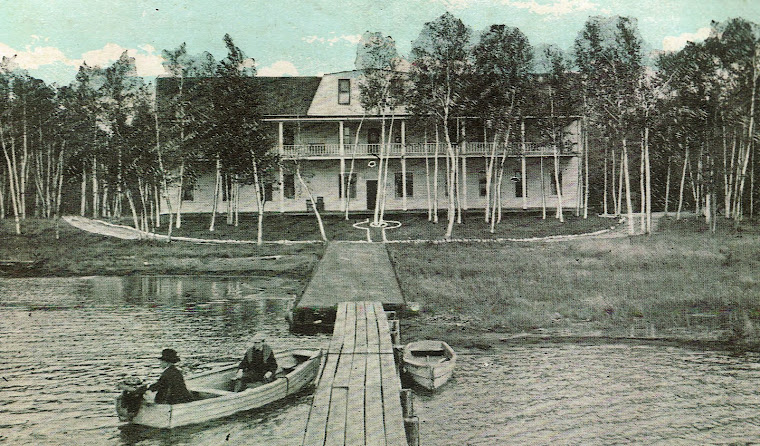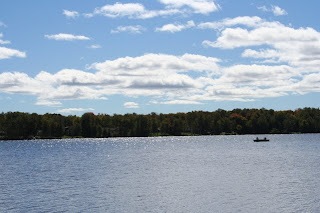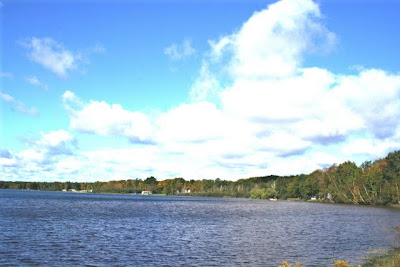
At our home on Blush Lake, north of Manistique, MI we have Trumpeter Swans which have nested in the adjacent wetlands. I have enjoyed watching the pair raise their young, and look forward to seeing them return each spring. I was feeling sorry that when we sell our home, I would no longer be able to watch these wonderful birds.

Late last summer, while at Birch Lodge, I heard their familiar call. There on the lake in front of the motel swam a pair of adult Trumpeter Swans. I saw them once more and thought they were probably passing through. A week ago, we went over to check on things at the lodge. The river is open, and at the mouth were some common mergansers, some ducks, and following behind two adult Trumpeter Swans.

I am now hoping that these are in fact local residents in the area. These swans are an endangered species, and programs to re-establish their numbers at Seney National Wildlife Refuge have met with success. Many swans are now breeding outside the refuge. These are the largest North American swan, and may stand about four feet tall and have a wing span of seven feet. When they swim they hold their neck straight. The only other swan which does this is the tundra swan, and it is much smaller. The Tundra Swan can also be distinguished by a yellow spot on the corner of its eye. The Trumpeter has a distinctive wedge shaped head, with a black bill which has an orange streak close to the head on it's lower bill. The biggest difference is their sound.

There is good reason why they are called TRUMPETER Swans. Their call is loud, sounding truly like a trumpeter. Tundra Swans are also known as whistling swans, and make only muffled honks similar to those geese make. These large powerful birds are known to drive mute swans and Canadian Geese from lakes which they call home. Please respect their space on the lake, and if you see a nesting area, please stay well away. For more information on these birds, check out the Trumpeter Swan Society.




















